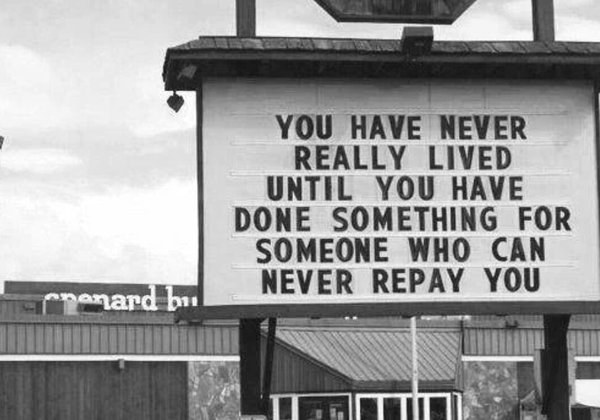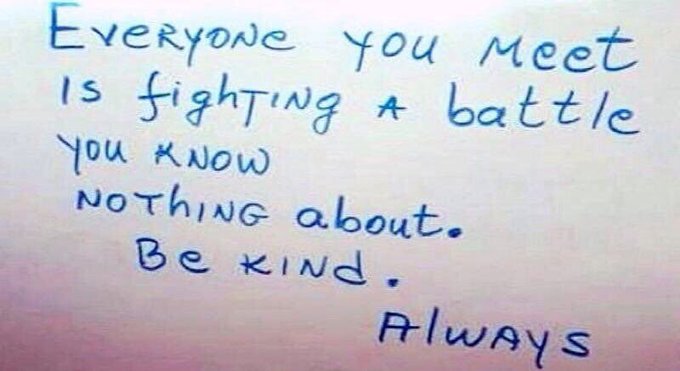I recently finished reading Peak: Secrets From the New Science of Expertise by Anders Ericsson and Robert Pool.
One of the things in the book that was interesting to me was related to the impact of experience on performance. In 2005, Harvard Medical School published a review of existing studies on how years of practice in the field influences the care of doctors.
"If years of practice make physicians better, then the quality of care they give should increase as they amass more experience. But just the opposite was true. In almost every one of the five dozen studies included in the review, doctors' performance grew worse over time or, at best, stayed about the same.
The older doctors knew less and did worse in terms of providing appropriate care than doctors with far fewer years of experience, and researchers concluded that it was likely the older doctors' patients fared worse because of it. Only two of sixty-two studies had found doctors to have gotten better with experience."Other studies have noted similar results when looking at medical professional decisions as well as the performance of nurses. Counter to what might seem intuitive, experience didn't seem to correlate with improvement. The reasons for this phenomenon aren't completely known. However, it seems very clear that with few exceptions, experience alone is not enough.
I'm guessing this truth might also apply to educators. If you've worked in education long enough, you've probably observed people who have continued to grow and improve, but you've probably also noticed that some people tend to stay the same in spite of experience, or even decline in some sad cases.
So what makes the difference? How can experience be valuable to continued growth and improvement?
Here are three ideas I might suggest...
1. Not knowing can be a strength.
As we gain experience in the profession, we can fall into the trap of being certain about things when we shouldn't be. We are no longer curious or open to other perspectives or open to new information. We cling to our beliefs even when they aren't true or helpful. A better approach is to test our ideas and beliefs and seek opportunities to abandon unhelpful approaches in light of new information and possibilities. Sometimes unlearning can be as valuable as learning.
How are you challenging your own beliefs and practices?
2. Widen your perspective.
While we may feel experienced because of the amount of time we've spent in education, our experience may be limited in its useful because of the context that surrounds us. In other words, unless I see beyond my classroom or school, I may not be able to accurately reflect on what is possible for my classroom or school.
Something that has been helpful to my own growth has been examining my own experiences with those of others from different schools. I've learned from visiting others schools, from connecting with other educators outside of my school, from hearing their stories, and from consistent engagement with the larger education world on Twitter. I've also gained perspective from reading professional books and articles. It's important for ALL educators to pursue these types of opportunities to support their own growth.
If we don't widen our perspective, we create a type of professional bubble, where the types of ideas and practices we know and develop are probably very limited. We don't know what we don't know, and we get locked into a certain type of thinking.
How are you seeking to widen your perspective beyond your current context?
3. Reflection is required for learning
As John Dewey said, "We don't learn from experience. We learn from reflecting on experience." Experience alone will not result in growth or change. We must have a process for collecting feedback about our experience and then considering how we might adjust in light of that new information.
If we're not careful, we rush on to the next thing without slowing down to consider what might be different next time. The tyranny of the urgent keeps us from a process of reflection and adjustments that might result in a better learning experience for our students.
How are you developing and refining a process for continual reflection?
Does this sound right to you? What are your thoughts on experience and effectiveness? I want to hear from you. Leave a comment below or respond on Facebook or Twitter.


















